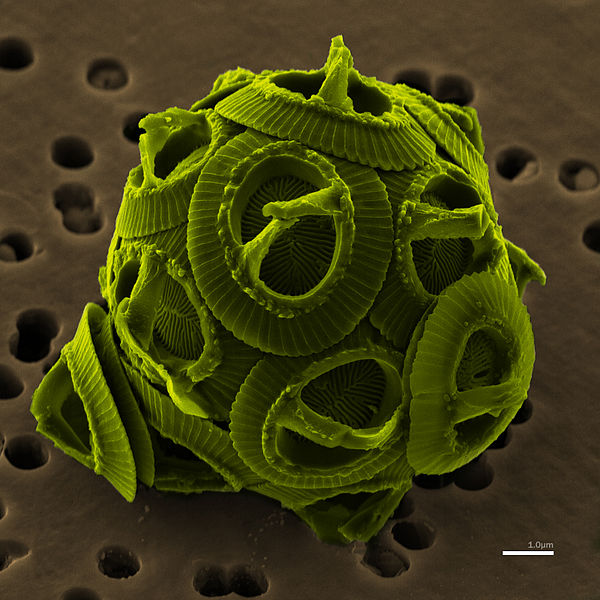
Biologists at the University of Minnesota has managed to recreate a key step in the evolution of life. Namely the leap from single to multicellular organisms.
The team cultured algae and choose those that had a tendency to naturally lump together, they continued to do so round after round of life-cycles. And after 73 rounds of selection, the algae began to behave differently than before. They had indeed become multicellular. The clusters were not just groups of random cells that adhered to each other, they remained attached following cell division.
And in another experiment with yeast, the researchers noted that some cells sacrifice themselves for the rest of the organism by committing “suicide”. As described in the university news journal, “The yeast “evolved” into multi-cellular clusters that work together cooperatively, reproduce and adapt to their environment – in essence, precursors to life on Earth as it is today”.
The results are amazing indeed but they are in accordance with what we know about the evolution of multicellular lifeforms. Since it does appear as multicellularity has evolved independently at least 46 times. For those categories of more complex multicellular organisms multicellularity has evolved in six eukaryotic groups, in animals, fungi, brown algae, red algae, green algae, and plants.
But in order for multicellular organisms to form, most cells need to sacrifice their ability to reproduce. This is an altruistic action that favors the whole instead of the individual. As true multicellular organisms solve the problem of regenerating a whole organism from germ cells (i.e. sperm and egg cells).
The first evidence of multicellularity we have is from cyanobacteria-like organisms that lived between 3 and 3.5 billion years ago. But because the first multicellular organisms were simple soft organisms lacking a skeleton structure, shell or other hard body parts, they are not well preserved in the fossil record.
The findings, apart from being insights into complexity’s origins, could have implications for researchers in other fields, such as cancer research (cancer which has been described as a fossil from the origin of multicellularity) and aging.
The scientist’s achievements have been published in Proceedings of the National Academy of Sciences.
_______________
University of Minnesota biologists replicate key evolutionary step
The Evolution of Multicellularity: A Minor Major Transition?
______________________________

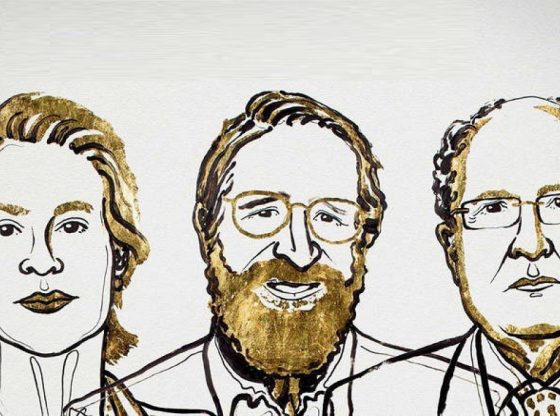
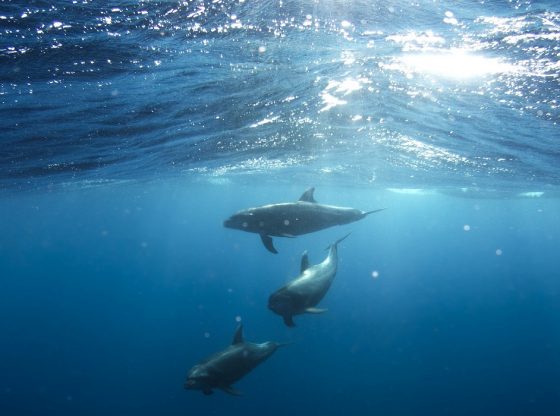
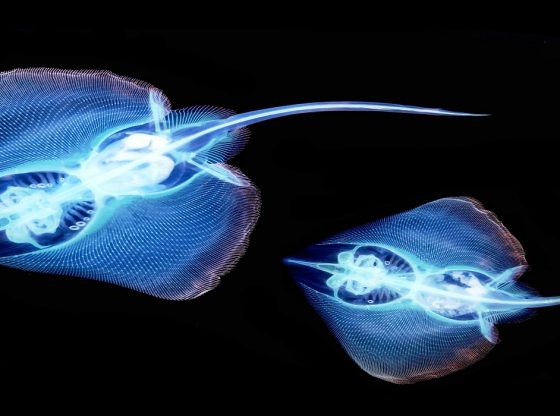

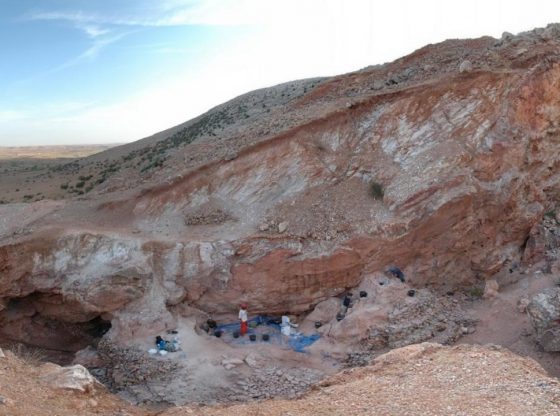
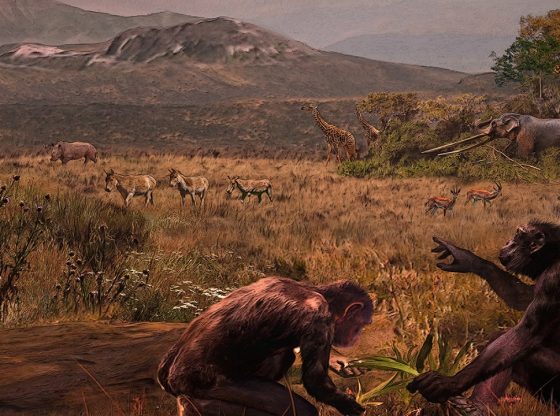

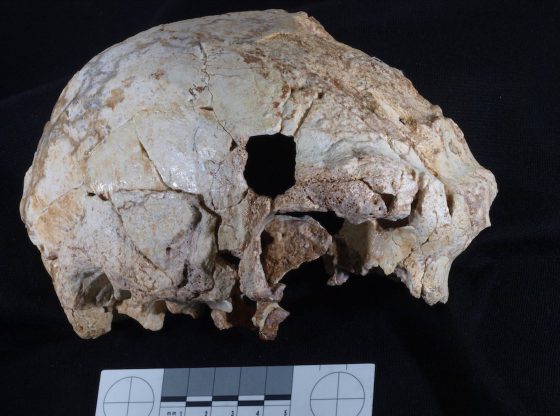
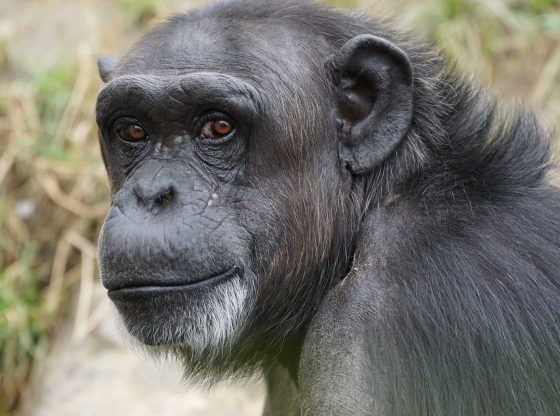

![OpenAI. (2025). ChatGPT [Large language model]. https://chatgpt.com](https://www.illustratedcuriosity.com/files/media/55136/b1b0b614-5b72-486c-901d-ff244549d67a-350x260.webp)
![OpenAI. (2025). ChatGPT [Large language model]. https://chatgpt.com](https://www.illustratedcuriosity.com/files/media/55124/79bc18fa-f616-4951-856f-cc724ad5d497-350x260.webp)
![OpenAI. (2025). ChatGPT [Large language model]. https://chatgpt.com](https://www.illustratedcuriosity.com/files/media/55099/2638a982-b4de-4913-8a1c-1479df352bf3-350x260.webp)








